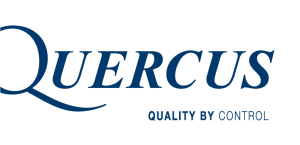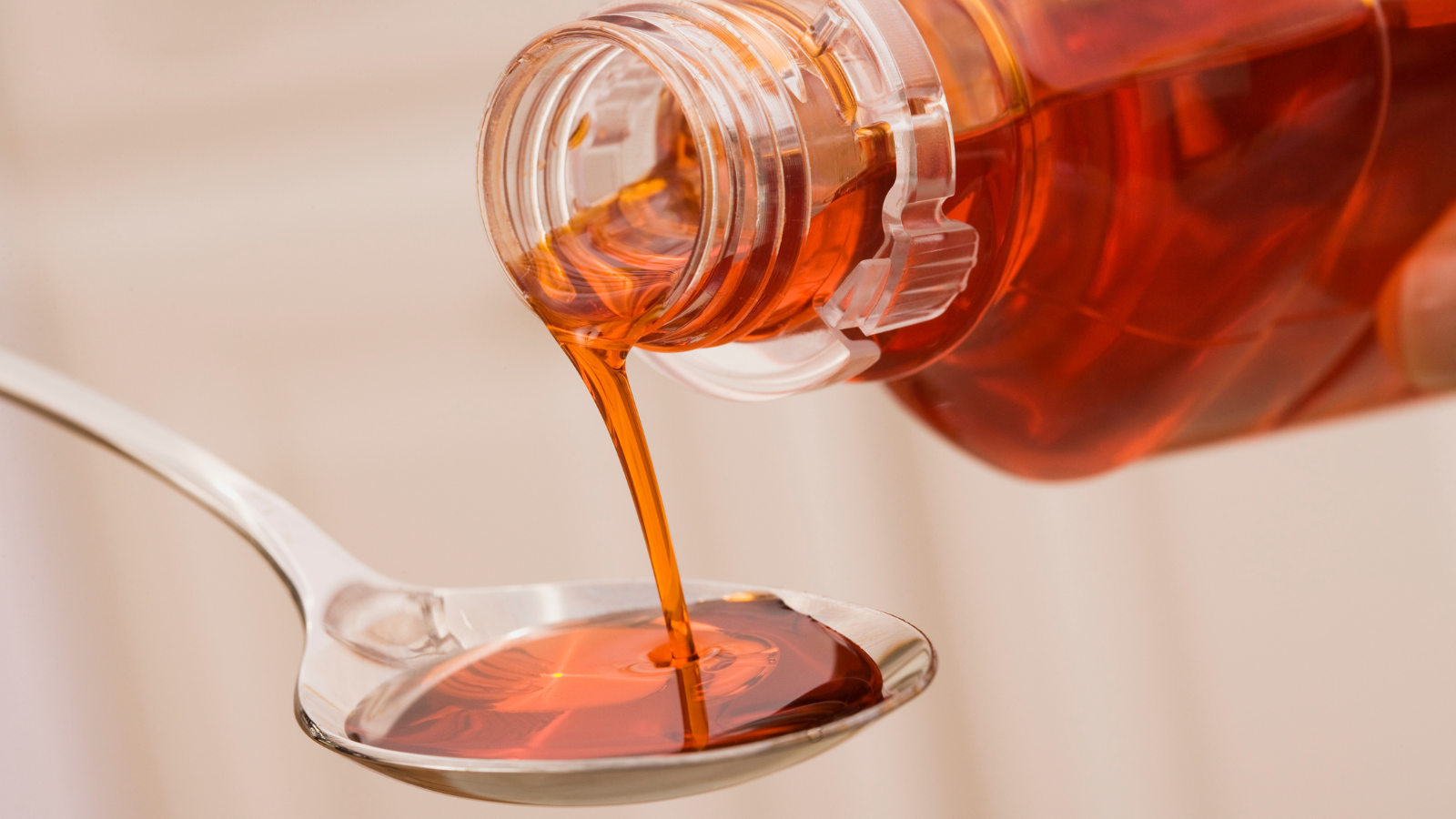Since the beginning of 2023, various countries have reported multiple incidents involving cough syrups for children. These syrups have been confirmed or suspected to be contaminated with high levels of diethylene glycol (DEG) and ethylene glycol (EG), both of which are toxic to humans, especially children, when consumed.
For pharmaceutical products, especially syrups, that use glycerine or propylene glycol as solvent, DEG and EG are cheap alternatives used by non-GMP compliant manufacturers. The latest cases reported, were evaluated as a result of failed identity testing of raw materials by manufacturers that relied on the certificate of analysis provided by the supplier.
Immediately in Effect Guidance for Industry
The FDA recently published an “Immediately in Effect Guidance for Industry” for testing DEG and EG. This guidance is intended to alert pharmaceutical manufacturers, compounders, repackers, and suppliers to the potential public health hazard of glycerin and other high-risk drug components contaminated with DEG or EG.
The FDA identified three common occurrences that explain how and why failures in the firms’ quality control systems are likely to have missed these two contaminants:
- The manufacturers of the liquid drug products that contained contaminated glycerin did not perform full identity testing on the glycerin raw materials, including tests to quantify the amount of DEG present and to verify the purity of the glycerin received.
- The manufacturers of the liquid drug products containing contaminated glycerin relied on the certificates of analysis (COAs) provided by the supplier of the glycerin.
- The origin of the glycerin was not readily apparent from the COA. The COAs obtained by the manufacturers of the liquid drug products were often copies of COAs on the letterhead of the distributor from which they had purchased the glycerin and not the COAs provided by the original manufacturer of the glycerin.
The WHO reached similar conclusions and called on manufacturers of medicines to take action.
What does the Pharmacopeia prescribes?
USP contains limit tests for diethylene glycol in monographs of propylene glycol, glycerine and sorbitol, while Ph. Eur. in monograph of glycerol. Ph. Eur. also provides chapter ethylene glycol and diethylene glycol in ethoxylated substances (e.g. Macrogol).
- In both pharmacopoeias the limit for DEG is 0.1%.
- The limit test is done using GC/FID and internal standard quantitation method.
Are you wondering whether this guidance is applicable to your products? Feel free to contact Quercus Labs to see how we can support you.


